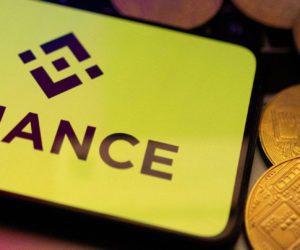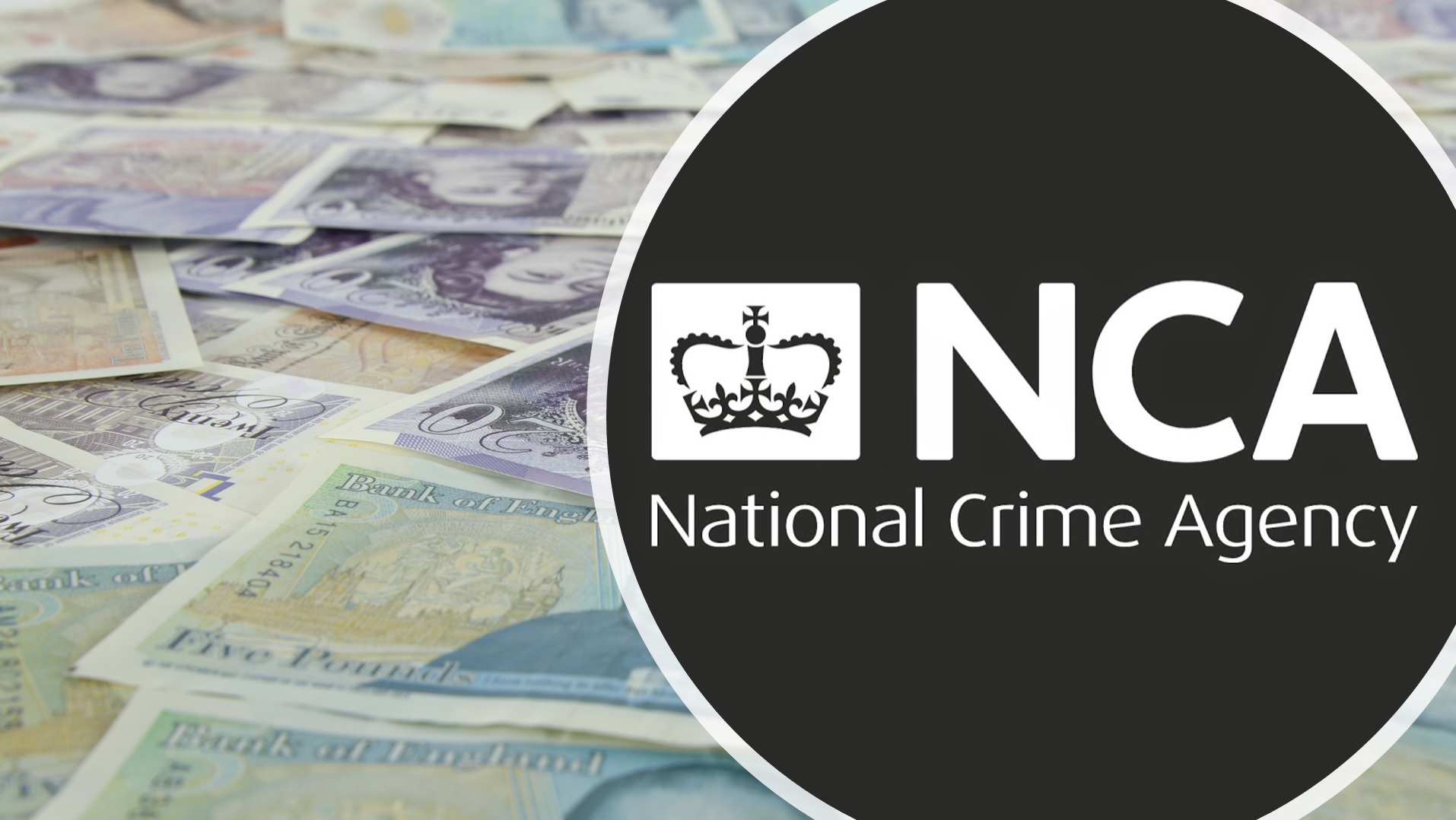By Elizabeth Hearst
The Financial Action Task Force has today launched a report on the challenges of “virtual assets and red flag indicators of money laundering and terrorist financing”.
This 24-page document lists crucial red flags the task force has noted in over 100 case studies used to publish its findings. It aims to “help national authorities detect whether virtual assets are being used for criminal activity”.
The report deals with advantageous technological features that criminals use to increase anonymity including using peer-to-peer exchange websites, tumbling services and anonymity-enhanced cryptocurrencies.
The report highlights a series of patterns that scammers use to conceal the origins of their funds, including high value transactions which are transferred in a staggered or regular pattern to accounts that have been inactive for long periods of time. It’s believed that criminals also create new accounts or use previously inactive ones to siphon funds into.
FATF stress that criminals exploit certain countries who have “weak, or absent, national measures for virtual assets” and highlight instances of irregular transaction patterns and sizes that have notified them of money laundering. The report adds that many criminals are converting virtual assets to other forms including depositing into private wallets in a term dubbed “portfolio diversification”.
The report states that virtual assets use “innovative technology” to transfer funds around the world and although they have “many potential benefits”, the anonymity also “attracts criminals”. FATF details that these criminals have used virtual assets to launder proceeds from “drug trade, illegal arms smuggling, fraud, tax evasion, and cyber attacks” worldwide.
The aim of the report is assist virtual asset service providers, financial institutions and designated non-financial businesses and professions to “detect and report suspicious transactions”, and adds that it will provide useful information for “financial intelligence units, law enforcement agencies, prosecutors and regulators to analyse suspicious transaction reports or monitor compliance with anti-money laundering and counter-terrorist financing controls”.
Share this on:
Follow us on:








